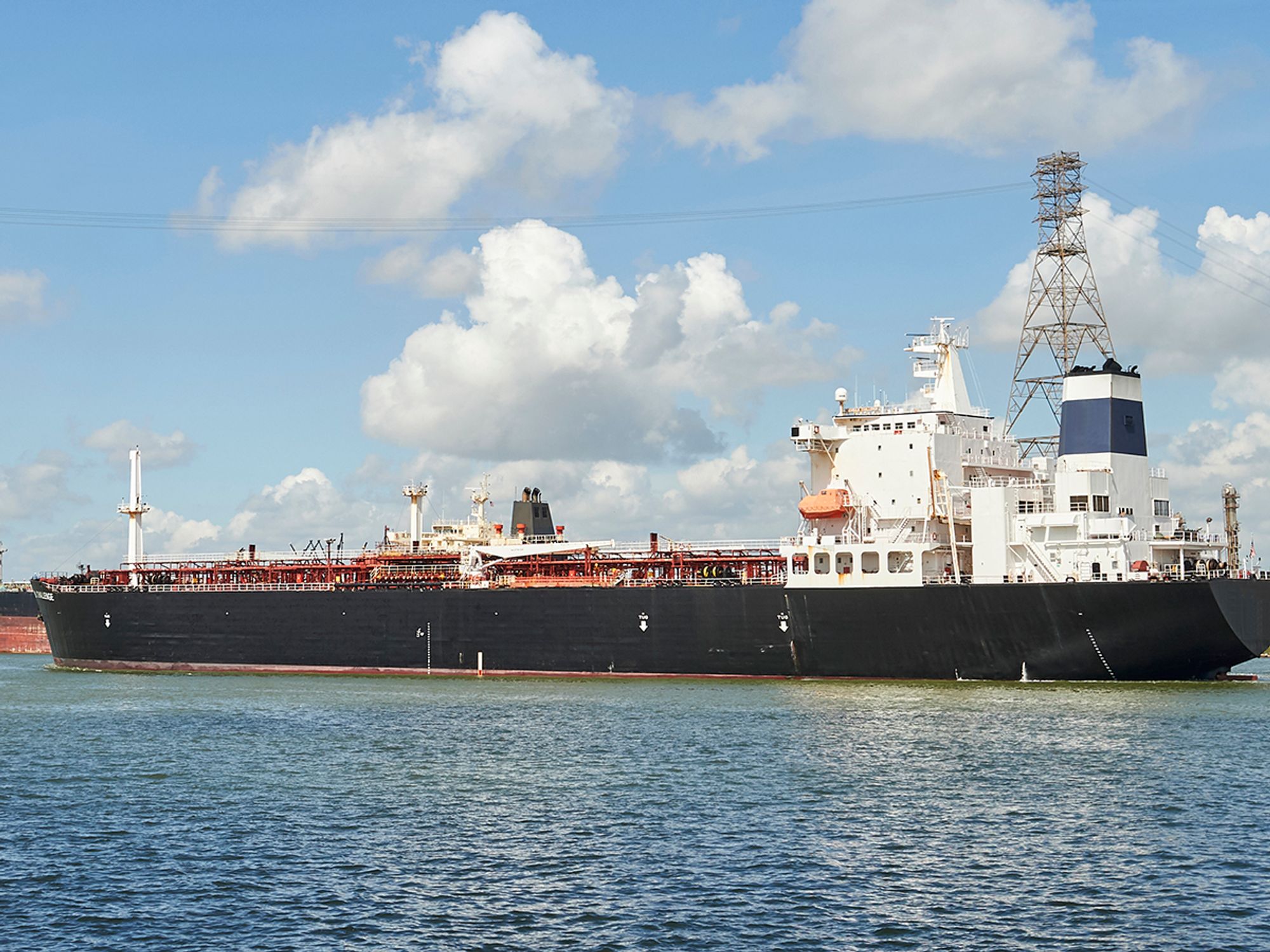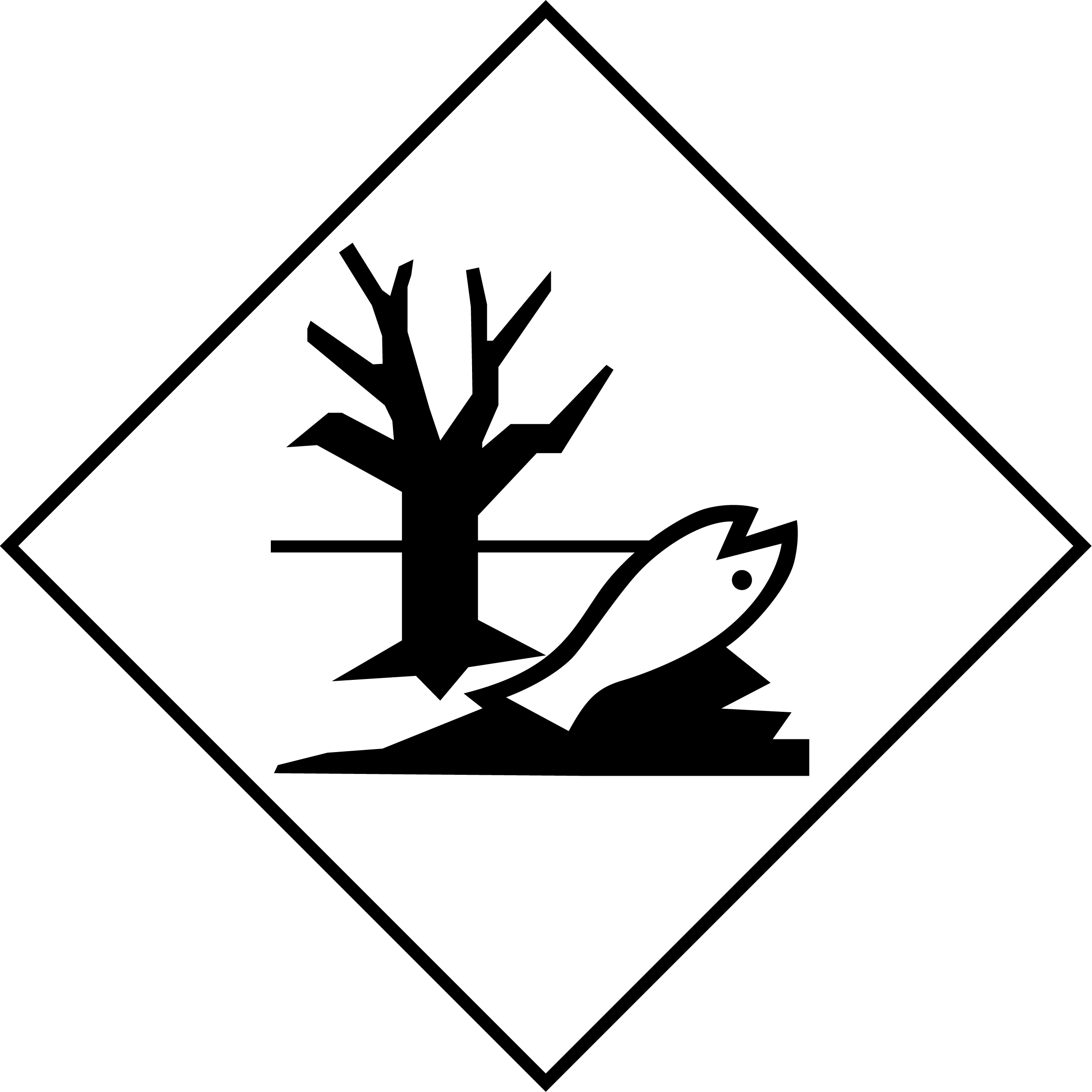Marine pollutants

- When transported by water, marine pollutants are subject to all the applicable requirements.
- When transported by other modes, marine pollutants are only subject to the requirements if transported in bulk packages.
- Severe marine pollutants are subject to the requirements when they make up at least 1% of a mixture or solution being transported.
Marine pollutants transported by water, in any size packaging, are subject to all the applicable requirements. Marine pollutants transported by highway, rail, or air are subject to the requirements only when transported in bulk packages. (171.4)
Shipping papers
For materials that are marine pollutants, the words “Marine Pollutant" must be entered on the shipping paper in association with the basic description. In addition, if the name of the component that makes a material a marine pollutant is not identified in the proper shipping name, it must be added in parentheses in association with the basic description. If two or more components are involved, the two components most predominantly contributing to the marine pollutant designation must be listed. (172.203[l])
Markings
The marine pollutant marking shows a dead fish floating in black water near a leafless tree, as seen here:

Non-bulk packagings that contain marine pollutants and are offered for transportation by vessel must be marked with:
- The name of the component(s), in parentheses, that make the material a marine pollutant — if the proper shipping name does not identify the component(s).
- The marine pollutant marking in association with the required hazard warning label(s) or, in the absence of labels, in association with the proper shipping name.
Bulk packagings with a capacity of 3,785 L (1,000 gallons) or more must be marked on each side and each end with the marine pollutant marking.
Bulk packagings with a capacity of less than 3,785 L (1,000 gallons) must be marked on two opposing sides with the marine pollutant marking.
The marine pollutant marking must meet the following specifications:
- The symbol, letters, and border must be black on a white background, or be of a contrasting color to the surface on which the marking is displayed.
- Each side of the marking must be at least 100 mm (4 inches) for non-bulk packagings and bulk packagings with a capacity of less than 3,785 L (1,000 gallons).
- For all other bulk packagings, each side of the marking must be at least 250 mm (10 inches).
- The width of the border must be at least 2 mm. (172.322)
Marking exceptions
Non-bulk packagings of marine pollutants transported by motor vehicle, rail car, or aircraft are not subject to the marine pollutant requirements. (171.4)
A bulk packaging that bears a label or placard is not required to display the marine pollutant marking, unless it’s being transported by vessel. (172.322)
A package of limited quantity material marked with a square-on-point limited quantity marking is not required to display the marine pollutant marking. (172.322)
When offered for transportation by vessel, the marine pollutant marking is not required on single packagings or combination packagings where each single package or each inner packaging of combination packagings has:
- A net quantity of 1.3 gallons (5 L) or less for liquids, or
- A net mass of 11 pounds (5 kg) or less for solids. (172.322)
When offered for transportation by vessel, the marine pollutant marking is not required on a combination packaging containing a non-severe marine pollutant in inner packagings, each of which contains:
- 1.3 gallons (5 L) or less net capacity for liquids; or
- 11 pounds (5 kg) or less net capacity for solids. (172.322)
Immediate reporting
Immediate notice is required after a release of a marine pollutant in a quantity exceeding 450 L (119 gallons) for liquids or 400 kg (882 pounds) for solids.
Severe marine pollutants
The materials listed in Column 2 of the table in Appendix B to 172.101 have been identified by the International Maritime Organization (IMO) as environmentally hazardous or marine pollutants. Those considered most hazardous are designated as “severe marine pollutants” and identified by the letters “PP” in Column 1.
Severe marine pollutants are subject to the regulations when in a mixture or solution and packaged in a concentration that equals or exceeds 1 percent by weight of the mixture or solution.
